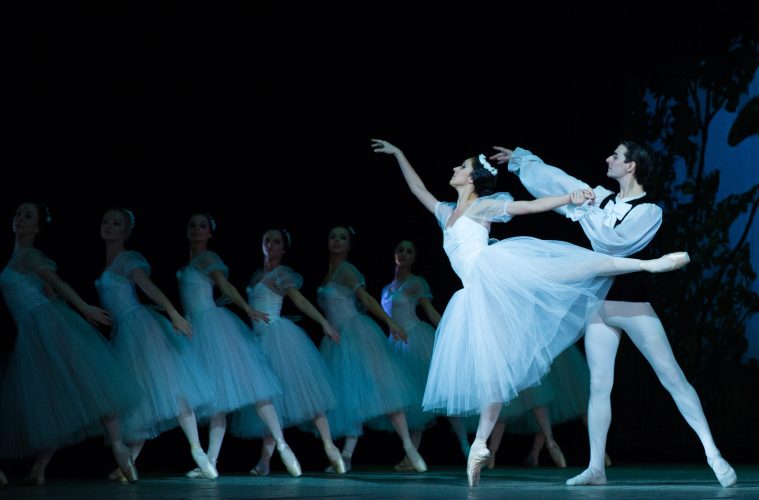You want to go to the ballet, but you’re worried you’ll get bored? Frequent excuses: “I don’t understand anything,” “I don’t know the dance, why would I go there?” Our analysis will convince you: ballet is a very versatile art, not just dance. 5 important elements to consider in order to feel the ballet more strongly. At the end: a few tips on how to choose the best places.
Watch the dance
Of course, when we go to the ballet, we first prepare to see a professional dance. What remains to find out is why we are able to enjoy watching dance performances? In 2017, the Washington Post website published a study of neuroaesthetics – scientists who study the processes of perception of art by the human brain. We can drive other people’s movements through the motor cortex. That is, when people on stage make a jump, we are able to experience the feeling of flying. Now it is clear why we are so fascinated by the plasticity and lightness of the dancer – we feel the same emotions.
Listening to music
Ballet always accompanies a live performance by the orchestra. Yes, you may not have noticed this, but there are a dozen people working in the orchestra pit for the ballet audience. Give credit to the ballet orchestra. At some point you can just close your eyes and enjoy the music of Pyotr Tchaikovsky, Sergei Prokofiev and Georges Bizet. Almost all composers wrote music especially for ballet, and then it became known as independent works.
Keep an eye on the story
For ballet, they write a detailed script called a libretto. However, it is very difficult for people who are not prepared to perceive the plot, they only see the dance. Artists are silent, express emotions with the help of plastic, and even in accordance with the creative plan of the author. There is a very simple solution: buy a program, at the ballet it is absolutely necessary. Sometimes you wonder what a deep and dramatic story is hidden behind the dance scenes, to perceive the ballet becomes many times easier, you empathize with the heroes. The plot of the ballet in the programme is described very well – with detailed explanations of each scene. A pleasant bonus will be the story of the production, as well as the biography of great composers and choreographers.
Follow the actors’ performance
Most of the ballet dancers, but do not forget that they also studied acting. During breaks between ballet pas, artists on stage express their role with the help of gestures and mimics – it is called a ballet pantomime. It is very interesting to observe it, to try to unravel it.
To look around
Why do we like to go to the theatre for plays and ballets, because many of them can be seen at home, in recordings? Back to research in The Washington Post: the human being is capable of social interaction. What does that mean? We know how to read and analyze other people’s emotions when the audience in the hall likes the concert when the dancers on stage are inspired, we perceive these joyful emotions. That’s why we get a lot more impressions from live performance than from a recording, albeit in excellent quality.
How to choose a place in the hall:
- Ballet is preferred to be seen from a certain elevation. It is necessary for a better overview of the dance drawing and scenes with mass dances. The mezzanine sector is well suited, it is located above the parterre level, but still close enough to the stage.
- If you still want to be even closer to the stage – choose the parterre, but starting from row 10. The view is better there than on the front rows.
- There are rows in the parterre, where a “sound pit” is formed, approximately between 5-10 rows. The sound flies over the chairs but does not reach the seated audience. It can interfere with the perception of opera and ballet.
- In the boxes and side seats on the balcony, you cannot see the whole scene. If you still want to see ballet from the box – choose the seats further away from the stage (in the interior of the hall), the view is better there.
- Each theatre hall has additional nuances. If you buy your ticket at the ticket offices – ask about all the cashiers in detail.

